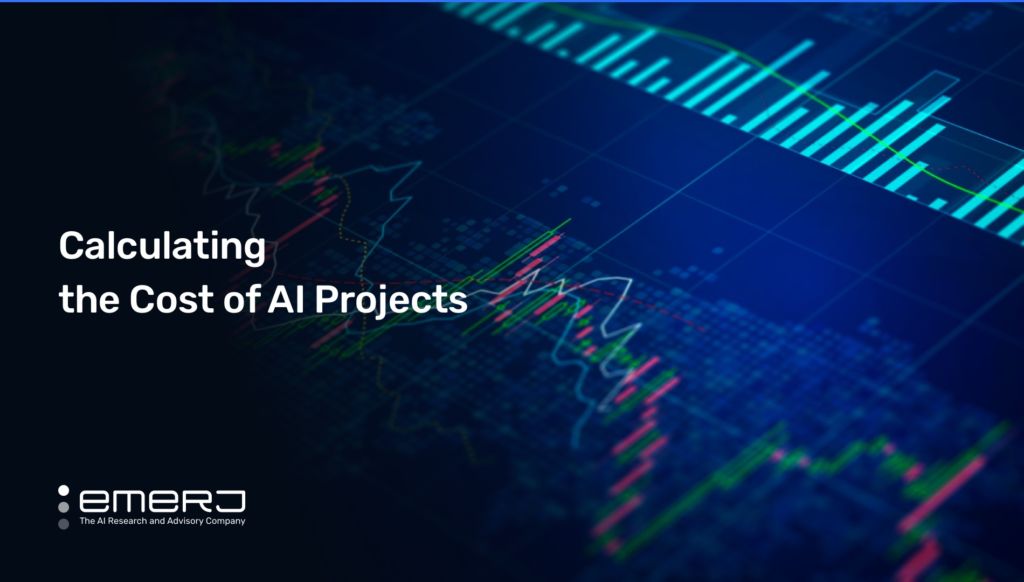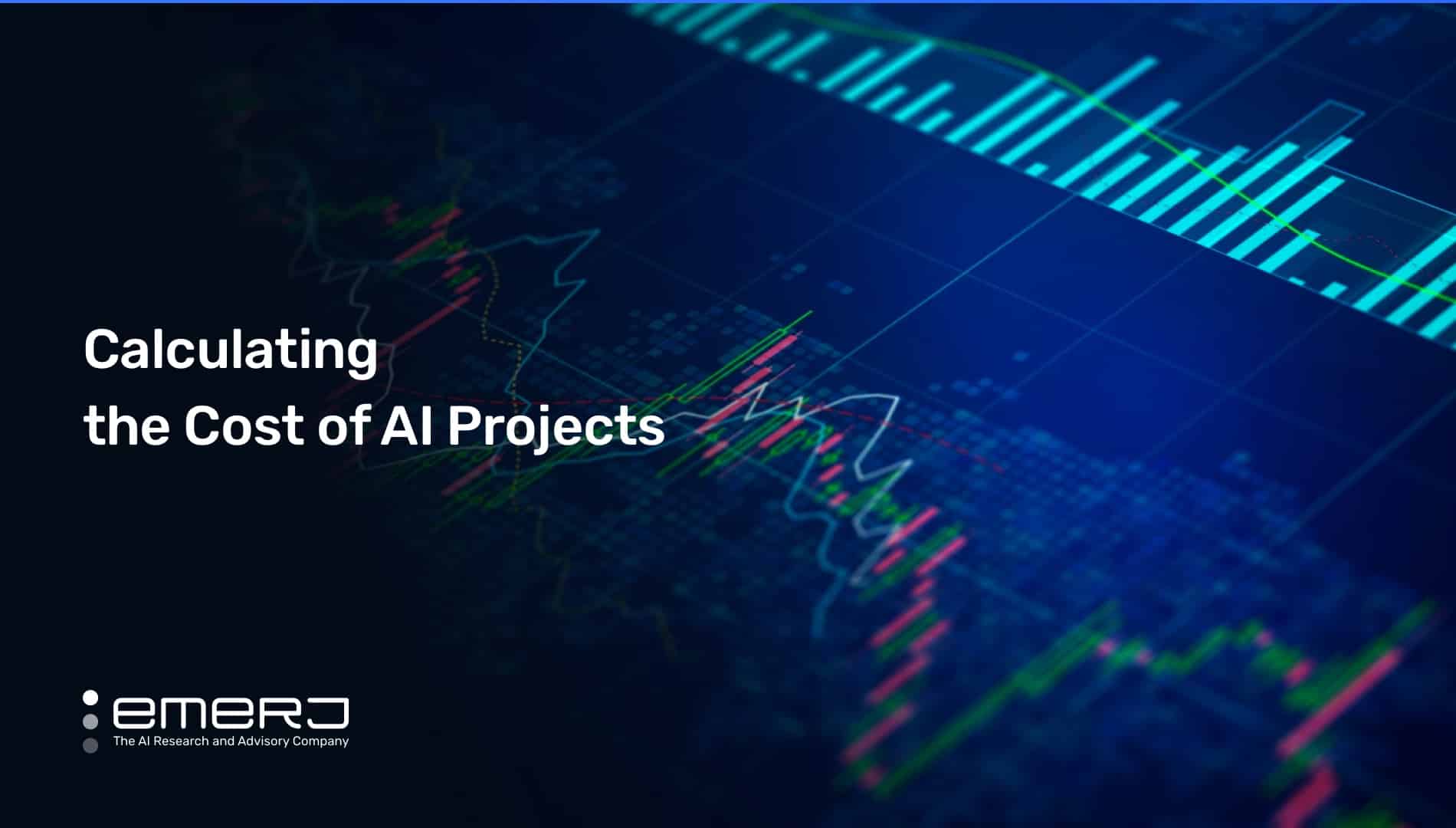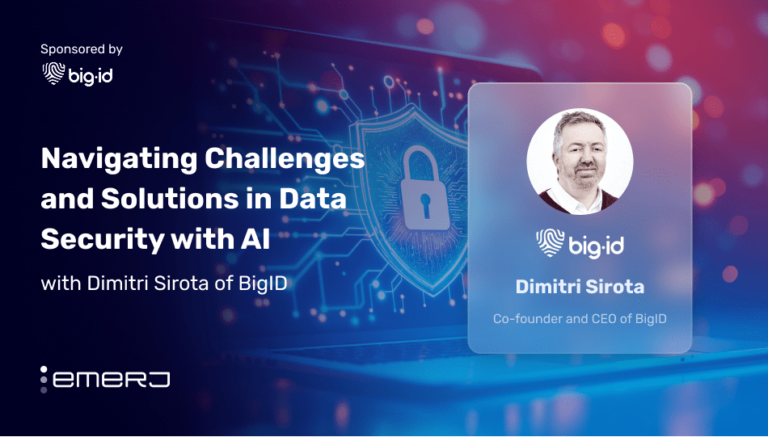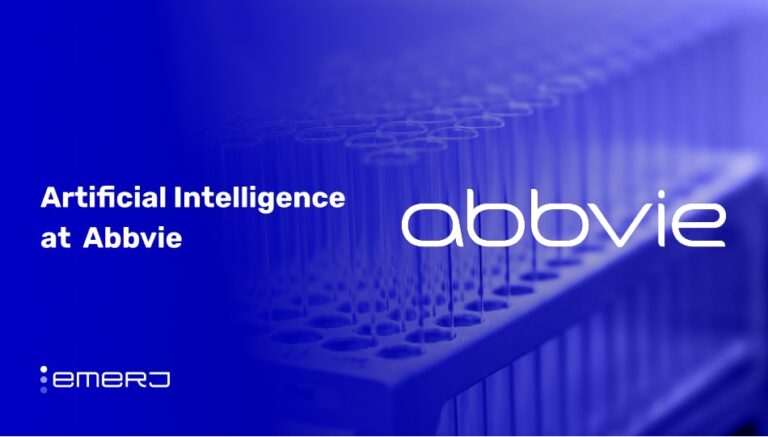
When we’re building our portfolio of AI projects, one question often arises first: where can we start? We consider the respective ease of deployment offered by each AI opportunity on our list. We wonder what it will take in terms of time and money to get these projects up and running.
We think through each project, and about potential groups of projects, that we can present to the buyer.
At this initial, high-level analysis, we’re often considering back-of-the-envelope viability against back-of-the-envelope costs and expenses.
Presented with even these general conclusions, we might begin to write off some ideas that our intuition tells us will be astronomically expensive and beyond what we can do right now.
When we begin to boil down our ideas, measure costs and benefits, and prepare to present AI project options to an economic buyer, for a limited portfolio of applications, use cases, and initiatives, we want to crunch the numbers so we will have a viable, plausible cost structure and time horizon for these projects.
An AI project’s time horizon is difficult to estimate with accuracy and it’s never something we should expect to be able to master immediately. This is also often true with economic costs. Time horizons and costs are hard to estimate for AI projects. Consequently, you’ll want to show the economic buyer that you’ve thought through the major areas of cost, and that you’re ready to discuss them frankly.
Buyers are not often familiar with what those categories are. Luckily, this will make the work easier if you cover these broad areas:
Cost Categories
While cost modeling and total cost of ownership (TCO) projections fall beyond the scope of this short post, here’s a summary of the basic set of cost considerations that we use with projects here at Emerj.
We consider four main expense categories, each with its own individual expense types listed underneath. Some expenses must be considered only (or mostly) at the beginning of a project – or its “setup” phase – while other expenses must be considered as ongoing costs.
Capital Expenses
-
- Software expenses (setup/ongoing)
- Hardware/compute (setup/ongoing)
HR Expenses
-
- Cross-functional strategy, analysis, and problem framing (setup)
- Implementation and integration costs (setup)
- Expert consulting or services expenses (setup/ongoing)
- Ongoing maintenance requirements (ongoing)
Training Expenses
-
- Staff training costs (setup/ongoing)
Intangible Expenses
-
- Lost time/productivity on other projects (setup/ongoing)
For assessing cost estimates, it’s important to get perspectives from subject matter experts, data scientists, IT staff, and other project stakeholders to get a rounded perspective on costs.
Cross-functional conversations make sure that your cost estimates are credible and viable before you put them into a presentation for buying stakeholders.
(Capital Expenses) Software Expenses
If you’re working with an AI vendor for your AI software solution, the questions around setup are:
- What does it cost to get this integrated?
- What does it cost to get this set up?
- What will it cost to initially deploy this software?
- What are the costs of all the training, to get it up to speed, and running?
- What have the costs looked like for other customers?
These questions form part of a larger analysis that looks to estimate setup costs. We also have to think about ongoing costs. For example, maybe this vendor solution for a company of our size is going to cost us $150,000 a year, or $80,000, or $ 2 million. Whatever the case, you will face setup costs and ongoing costs for software.
(Capital Expenses) Hardware Expenses
If we’re building an on-premise machine, the setup costs can vary widely. They’ll be very different if we’re buying Nvidia hardware and we’re maintaining that hardware than if we are putting our project up in AWS.
If we’re working with AWS, that’s going to be a different setup cost—perhaps less expensive—than if we buy our own hardware. That scenario will present a different set of maintenance costs.
If we do not have to maintain the physical machines, we may be able to save on expenses, but we may pay more for processing than we might have paid if we pursued an own-premise solution, hypothetically.
These considerations will vary for every example and every industry. They’ll differ depending on the problem we’re solving. However, we will need to consider both setup and ongoing costs for these potential projects.
(HR Expenses) Cross-Functional Strategy
To get any project off the ground, the setup will involve thinking about strategy as well as analyzing and properly framing the problem.
Whether we bring in an AI vendor for fraud or to build our own recommendation system for our E-commerce business, we will need resources—and time—from cross-functional team members that often include data scientists, subject matter experts, and even business leadership. We may need a wide swath of stakeholders if we want to consider and frame an organized structure so we can build out a project. That means a lot of meetings and ongoing communication.
You will need to set expectations and challenge those expectations. At this initial phase of framing the problem, we want granular answers to the following questions:
- What are the costs?
- How many people are going to be involved?
- How long will it take?
Although this may be almost impossible to estimate with accuracy, we can attempt a guesstimate based on the project’s size, the number of departments involved, the initial results of our analysis of our current data corpus, and how many SME resources we will need for the project.
(HR Expenses) Implementation and Integration Expenses
We’ll also need to consider expenses related to integration and implementation, or what we will need to get the system up and running. In this analysis, we might consider these questions:
- What will it take to hook up the APIs?
- What will it take to clean our data infrastructure and harmonize our data so that we can reliably use the solution?
- What will it take to get to implementation and integration?
You’ll likely consider the answers to these questions early on, in the setup phase.
(HR Expenses) Maintenance Expenses
If we build an AI-enabled payment fraud solution, for example, we’ll face ongoing costs and a need for resources. Over time, we will need to make sure that that fraud solution is getting more accurate, not less.
We’ll want to ensure that we don’t have categories of fraud that perform much worse than others. Even if overall performance improves, we’ll need to make sure that it’s consistent at a category level.
We’ll also want to allow for the updating of the system to account for new types of fraud patterns that our experts will identify. This will involve subject matter experts from IT and/or data science disciplines. At this stage, that means we should have some rough understanding of the cross-functional team that we’ll need for ongoing maintenance. Consider:
- Will we need people full-time, who are dedicated to monitoring the solution’s dashboards?
- Will we need weekly or monthly meetings to analyze its outputs, and adjust them?
The answers to these questions require a realistic analysis and thoughtful discussion. To aid in the analysis, it helps to look at the plans and results of past projects.
(HR Expenses) Consulting and Services Expenses
As a critical part of an AI project, we need to consider expert consulting and services. For example:
- On top of all the work we have planned, are we going to bring on a consulting firm too?
- At which stage will the consulting firm enter the project—at the start, for some critical milestone, or post-deployment, for example?
We need to consider the answers to these questions, and the cost implications of those answers.
(Training Expenses) Staff Training Costs
If, for example, our new system will detect fraud, or recommend products, what kind of training will our teams need to use this system, and use it reliably?
- Can they make decisions, or can they just view the data within the system?
- To make decisions and influence this system, would we need to do more training with them?
Beyond initial training, we also need to consider ongoing training and allow for training made necessary by employee turnover in the future.
(Intangible Expenses) Opportunity Costs
Of course, we want to factor in lost time and productivity. When we assign people to the design, implementation, or maintenance of a new project, that’s time that they do not spend on other projects, which may be equally important to the company’s strategy, objectives, and future. Though often intangible, these opportunity costs can have real impacts on the company and present real considerations for your project.
Closing Considerations on Costs
Do we need an exact number next to each of these eight cost categories that we have outlined in this post?
No, of course, we don’t. What we might want is some sort of a rough number for each of the four main expense categories, i.e., rough estimates for capital expenses, human resources, training, and intangible costs that are difficult to measure.
We may not be able to guarantee accuracy in these cost projections, but we want to present something that IT, data scientists, and/or subject matter experts don’t call out as BS. It helps if we can say these estimates are informed by similar deployments or our own experience deploying AI as a company.
Once we can boil those estimates down, we’ll be able to present a balanced business case and talk about the costs and benefits in a way that can convince a buyer of our project’s value.


















